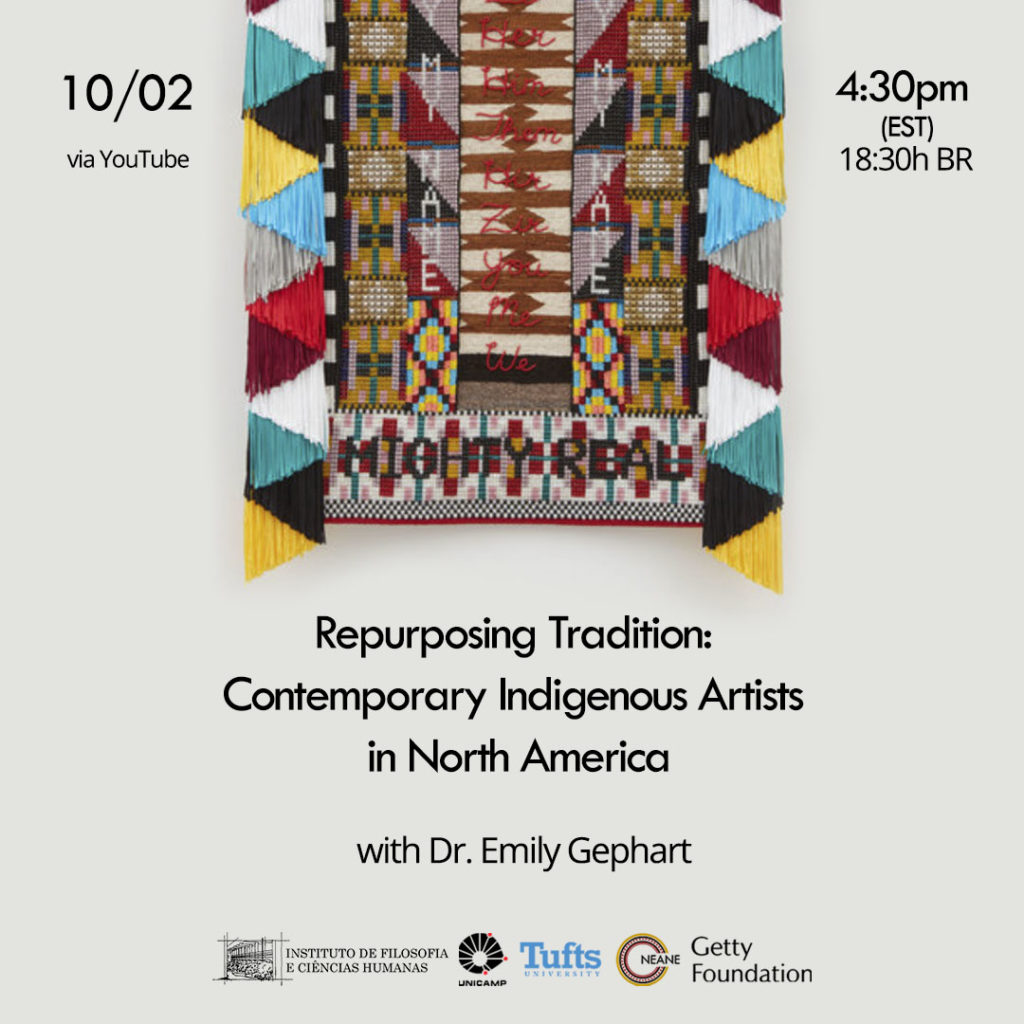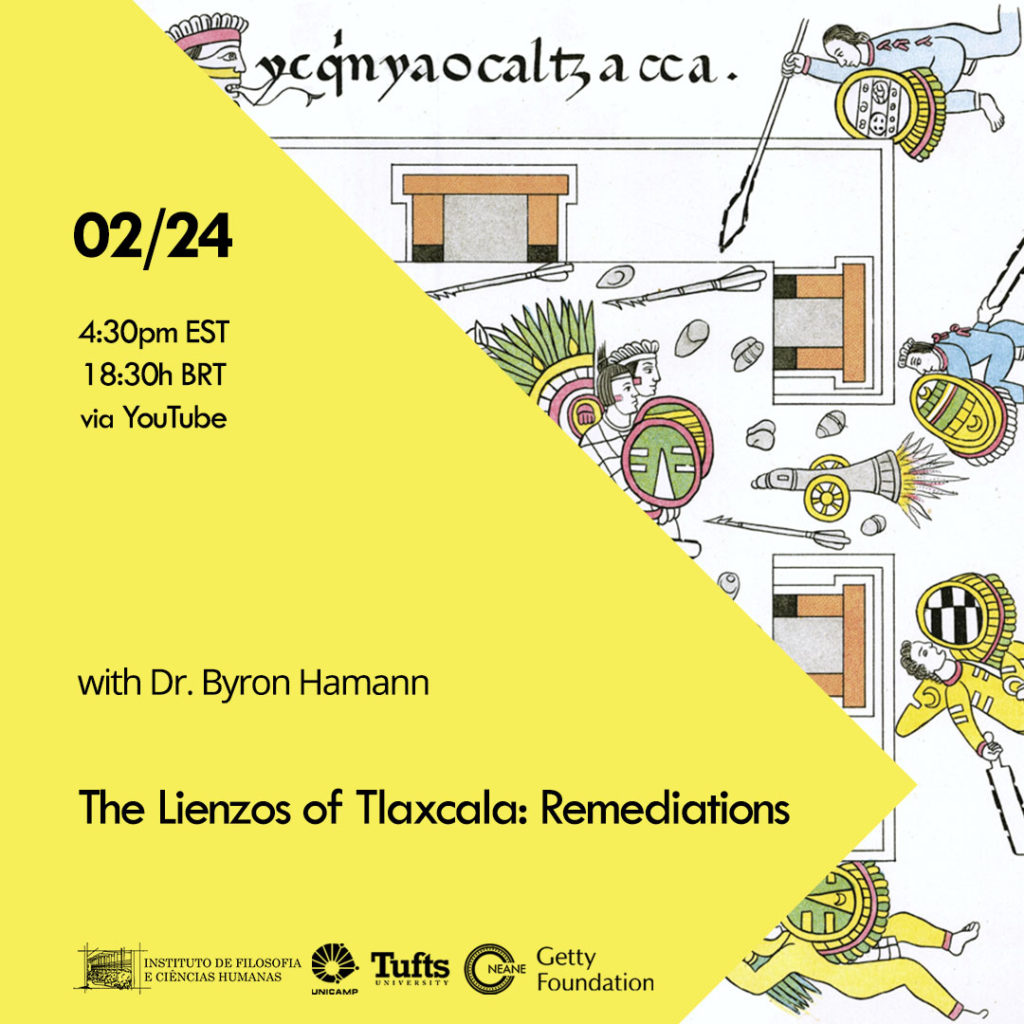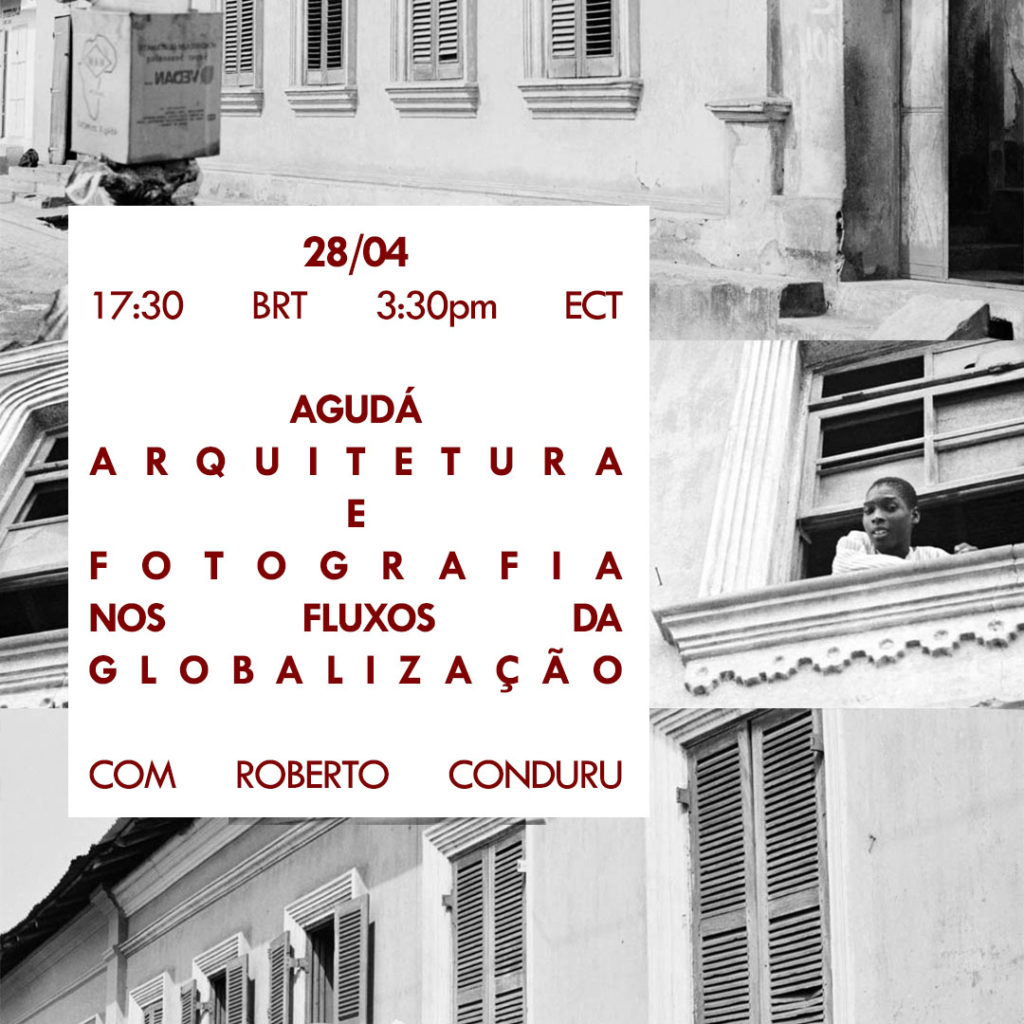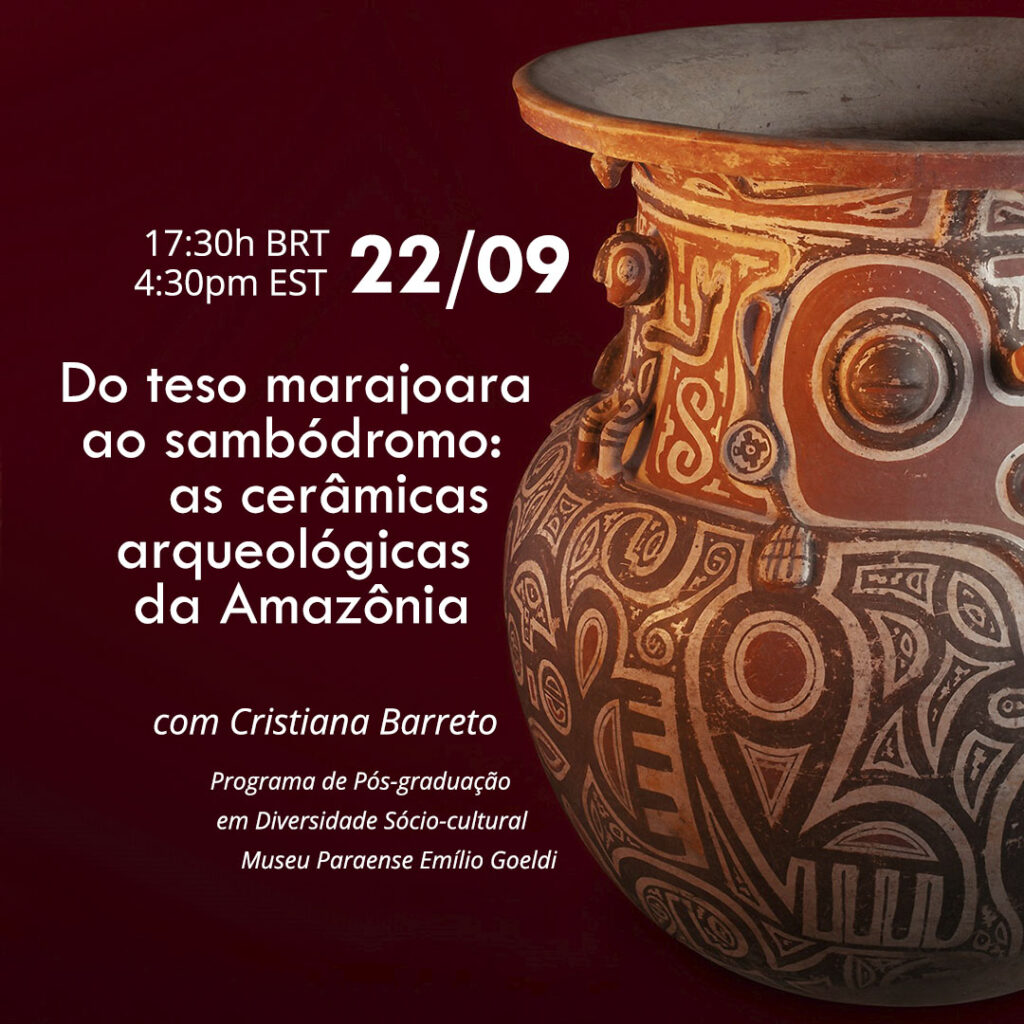The NEANE Lecture Series is a series of meetings with special guests and professors from the project promoted by the Center for the Study of Non-European Art (NEANE-UNICAMP). The lectures take place once a month and address various fields in non-European artistic traditions based on the research of the guests. The events are being broadcasted on the project’s YouTube channel and soon will be available with translated subtitles.

Using documents from the 18th century, the author analyzes the meanings of the Benin Bay peoples’ body art and the ways of viewing and describing their scarifications in colonial Brazil, to where many of them were trafficked.

The discovery of the monumental Coyolxauqui disc in 1978 and subsequent exhumation of the Templo Mayor, as well as its accompanying offerings and sculpture, show monumentality in Mexica visual culture grew organically and were nurtured as key political strategies of empire building. This presentation shows how Mexica visual imagery with its International Indigenous Style synthesized a plurality of visual expressions and iconographies from throughout Middle America. The leveling in 1519 of the Mexica capital, Mexico-Tenochtitlan, by coalition of Indigenous and Spanish forces, entombed Mexica colossal visual remains; yet, the ongoing archaeological excavations in Mexico City that began in 1978 has enabled these slumbering giants to slowly rise again and reclaim their once brilliant grandeur.

This talk assess the diverse ways in which Native American artists working in the US and Canada in the 21st century embrace practices, customs, materials or methods that reflect indigenous heritage, bringing together notions of past and present. By embracing ‘traditions’ as dynamic, ongoing approaches to art making in the 21st century, these artists frame identity as an ongoing negotiation of selfhood amid the upheavals of the contemporary moment.

In 1552, as part of preparations for sending an embassy across the Atlantic to meet with Emperor Charles V, the city council of Tlaxcala commissioned a painting showing the role of the Tlaxcalans (as allies of Hernán Cortés) in the overthrow of the Aztec empire thirty years before. This “Lienzo de Tlaxcala” (cloth from Tlaxcala) would be repeatedly copied and remediated (in ink, paint, lithograph, digital scans) across the next five centuries. This talk will provide a series of tours through this complicated history, emphasizing relations of media and message: that is, how different remediations highlighted, or obscured, the painted narrative of alliance and warfare.

In this presentation, Kelli Morgan discusses the various ways that whiteness presents and upholds itself within American art museums. Her presentation demonstrates the various ways that she’s used her curatorial practice to both disrupt and dismantle white supremacy culture in art museums.

Focusing on photographic series produced by Leonce Raphael Agbodjélou, Milton Guran, Nicola Lo Calzo, Pierre Verger, and Tatewaki Nio based on the architecture built by the Agudás in the Bay of Benin, between the beginning of the 19th century and the middle of the 20th century, artistic fluxes will be discussed at the interfaces of various fields – photography and architecture, religion and politics, history and anthropology – amidst the tides of (pre- and post-)modernity.

El Anatsui is one of the most acclaimed of African contemporary artists, whose works feature in an astonishing number of major collections from Berlin to New York to Tokyo. A professor of sculpture, he has worked in a wide range of media and has invented new ones, including shimmering concoctions of found objects, which he describes as “metal cloths” to honor their inspiration in Ghanaian textiles. Anatsui often insists that “destruction is a necessary condition for rebirth” and yet rejects the violence of the iconoclast, enacted by a host of modern artists from Picasso to Damien Hirst. Why? This talk follows the arc of Anatsui’s career to probe the fraught politics surrounding history and loss for artists of color.

The lecture discussed the pre-colonial past of the Amazon through archaeological ceramics, emphasizing both its character as a resistant technology and its multiple reappropriations by the national society.

Ma, a characteristic element of Japanese art and culture, is a space-time full of potentialities that can be present in a void or in a between-space of border and coexistence, often in a procedural relationship. To understand Ma means to get out of the bipolar rational logical system and to know the excluded third, the coexistence of the contradictory. In this talk, examples of Japanese art and architecture will be presented, from traditional to contemporary.

Since the eighteenth century, west central Africans created empowered objects called minkisi (sing. nkisi) that combined material and spiritual elements drawn from the cross-currents of Atlantic commercial networks to manage the effects of long distance trade on local societies. Europeans who witnessed and at times partook in the social agency of minkisi, would turn to the neologism of “fetish” to convey their perception of the objects’ powers. This talk reflects on the background and trajectory of one of these powerful figures, seized in 1878 from the rulers of Mboma at the mouth of the Congo River by the Belgian merchant Alexandre Delcommune. It analyzes the figure as a historical object i.e., a fetish, who, from its creation to its current life as museum object has bound together Africans and Europeans as frame and actor of their shared history.